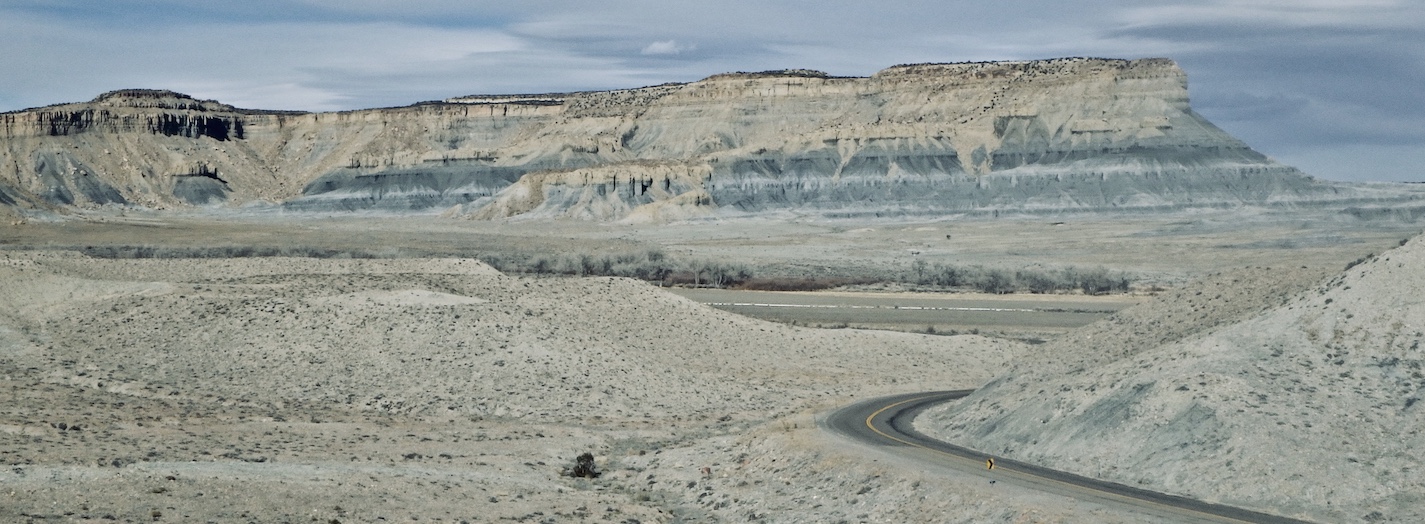
Sequence Stratigraphy of Unconventional Resource Plays
Course Details
This course is designed for geoscientists that work or intend to work on unconventional resource plays. The course links geomechanics and mechanical stratigraphy to sequence stratigraphy such that participants can see the value in predicting and mapping brittle facies that not only contain natural fractures but would respond to hydraulic fractures in a desired manner. Systematically the course introduces participants to the basic sedimentology of unconventional reservoirs and then covers sequence stratigraphic applications. It is assumed that participants already have a working knowledge of sequence stratigraphy and are familiar with sequence analysis on core and well-logs. We do not recommend this as a first-time introduction to sequence stratigraphy and strongly urge you to enroll in the Applied Sequence Stratigraphy course first. Due to the homogeneous nature and limited thickness of most unconventional resource plays, seismic has very limited applicability. Therefore this is not a Seismic Stratigraphy course and the bulk of our time will be investigating these reservoirs using well logs (including borehole image logs), core and thin-sections. Each day of the course will be devoted to one play type with case-studies from popular oil and gas fields within North America. The instructor will provide a small collection of well logs and core photos, but we strongly urge participants to bring paper copies of their own data to work on. These data will not be shared with anyone and the instructor will only review the work done by participants. The course is divided into 4 days of lecturing and a 1-day core workshop on unconventional resource plays. We use the Bakken, Three Forks, Mowry, Mancos, Frontier and Parkman Formations to illustrate the practice of sequence analysis, if however all participants happen to work a different play type, we will be glad to arrange the last day’s workshop to better suit your learning objectives.Who Should Attend
This is an upper level, work-intensive course that assumes participants have a background in basic sequence stratigraphic principles. The audience for the course includes geologists, geophysicists and reservoir engineers who are involved in creation of geomodels and horizontal well planning for geosteering.
Need more information?
Course Outline
Day 1
Review of basic sequence stratigraphic principles such as the interplay between tectonics, accommodation, sediment supply, rates of sea-level rise and fall and climate.
Differences between the practice of sequence stratigraphy and its applications in conventional vs unconventional reservoirs
The business-case for sequence stratigraphy in “engineering resource plays”
Natural and Induced fractures, mechanical stratigraphy, brittleness-index, and the prediction of fracture-prone facies.
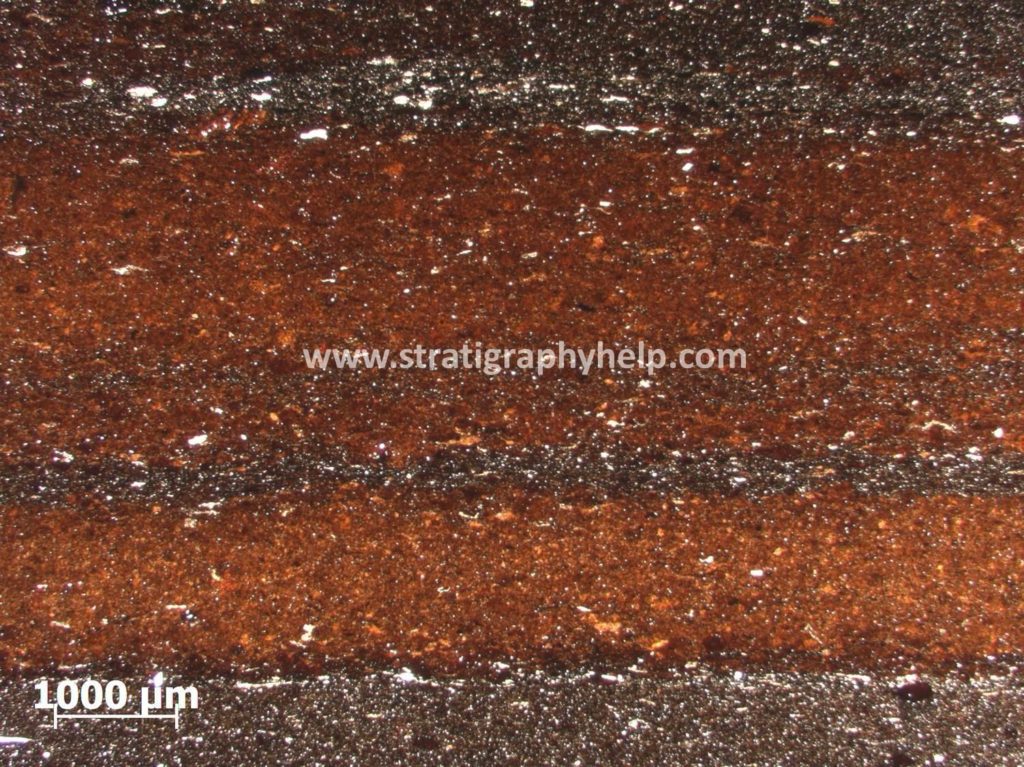
Day 2
Sedimentology and Sequence Stratigraphy of Tight Oil Sandstones and Coalbed Methane – we will introduce you to the concept of the “Halo Play”
Case studies from several tight oil sandstones from different Rocky Mountain Foreland Basins will be used to illustrate the role of sequence stratigraphy in horizontal well planning this includes the Frontier, Teapot, Parkman, Muddy (J-Sandstone) and Codell Sandstone.
Classification and Process Sedimentology of Mudrocks: Storm induced currents, mass transport, turbidity currents, debris flows and the continuity and geometry of their products.
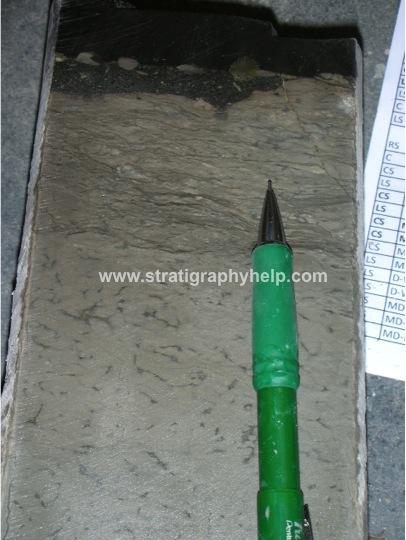
Day 3
Deltaic Mudrocks – hypo and hyperpycnites, development and identification of key sequence stratigraphic surfaces and parasequences with examples from the Mancos and Mowry
Exercises on core and log data from the Mowry of the Powder River Basin
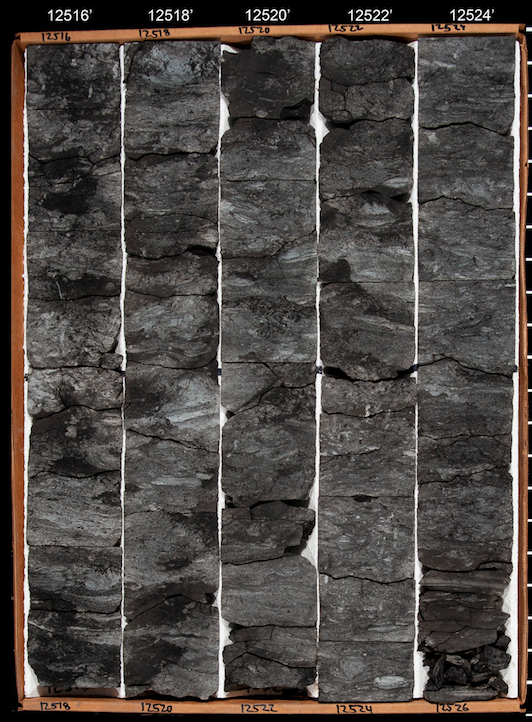
Day 4
Deepwater Carbonate Mudrocks: The day will be devoted to controlling parameters of sediment gravity flows in the Permian Basin with an emphasis on depositional architecture and relationship between mineralogy, bed-thickness, and fracture propagation. Case studies will be presented from the Avalon Shale, Bone Spring and Wolfcamp.
Exercise on the recognition of sediment gravity flows using thin-sections, core, dip-meter and borehole image logs
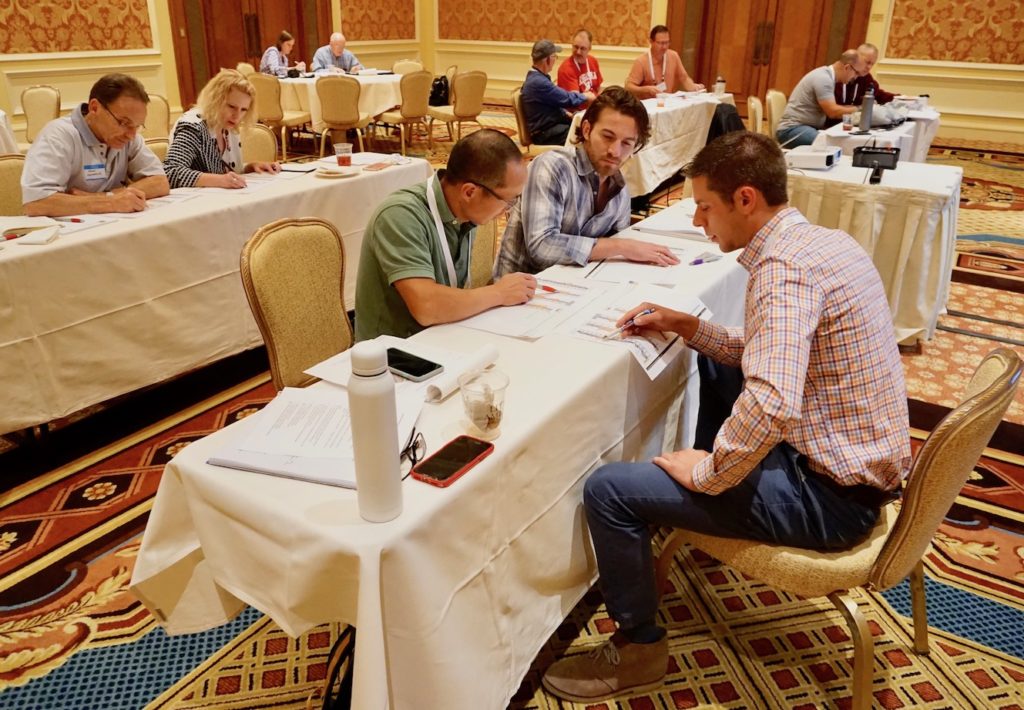
Day 5
Sequence Stratigraphy of Platform Carbonates: identification of carbonate cyclicity and examples of common cycle types from the Bakken, Three Forks, Niobrara and Eagle Ford.
Core and log expression of key sequence stratigraphic surfaces and marine hardgrounds.
Exercises on participant data
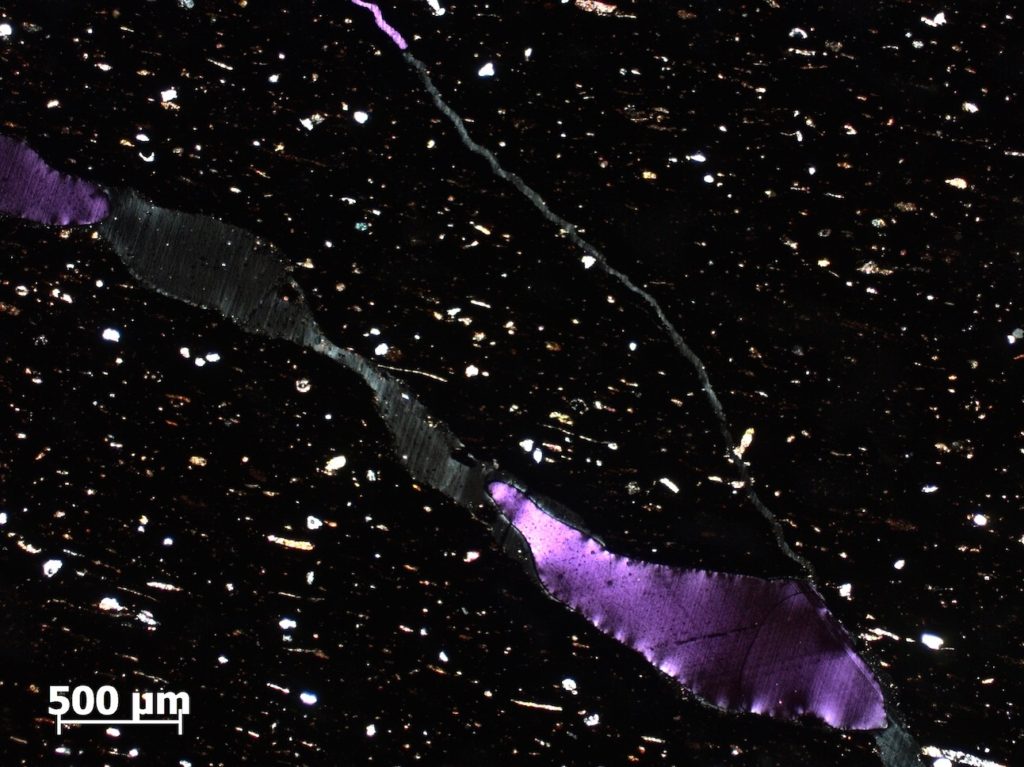
To schedule this course at your office or inquire about the next public offering, please e-mail us.


